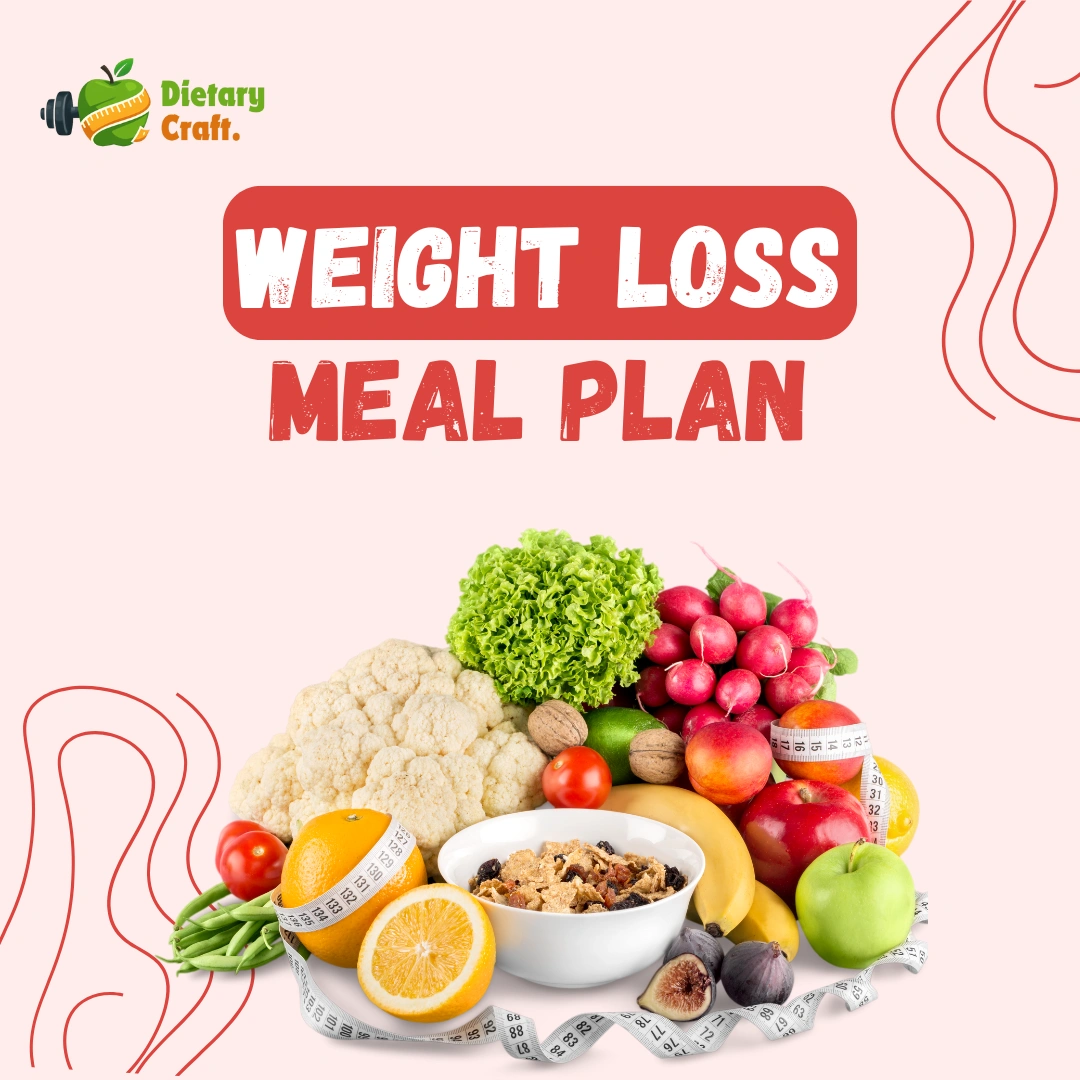When it comes to achieving lasting results — whether it’s weight loss, better digestion, or a healthier relationship with food — most people focus on what to eat. But how you eat matters just as much.
Enter the small plate strategy — a simple, proven method to control portions without counting calories, starving yourself, or obsessing over food.
This article explains how using small plates can reshape your eating habits, improve your health, and deliver real results without the stress.
The Psychology Behind Plate Size
Research shows that our brain is heavily influenced by visual cues when it comes to hunger and fullness. One of the strongest cues is plate size.
Transform Your Body in 4 Weeks!
Join our weight loss program today
- Personalized Meal Plan
- Daily Follow-up
- Weekly Grocery Lists
- 24/7 WhatsApp Support
- Educational Resources

Here’s why:
- When we use large plates, food looks smaller, and we tend to over-serve.
- When we use small plates, food looks more abundant, which makes us feel more satisfied.
- People often eat what’s in front of them — regardless of hunger levels.
This effect is known as the Delboeuf illusion, and it plays a major role in how much we eat without even realizing it.
Why the Small Plate Method Works
1. Reduces Overeating Without Willpower
Instead of forcing yourself to eat less, small plates naturally lead to smaller portions — and that’s the key to sustainable change.
2. Supports Mindful Eating
With smaller portions, you’re more likely to eat slowly, chew thoroughly, and appreciate each bite — habits that promote better digestion and satiety.
3. Improves Portion Awareness
The more you eat from smaller dishes, the better your internal gauge for portion sizes becomes. It helps train your appetite.
4. Works Without Calorie Counting
If you hate logging food or tracking numbers, this method gives you a visual way to manage portions — no app required.
Who Can Benefit from the Small Plate Strategy?
- Anyone trying to lose weight
- People who struggle with portion control
- Individuals recovering from emotional or binge eating
- Those aiming for better blood sugar control
- Busy people who want results without rigid diets
How to Use the Small Plate Method Effectively
It’s not just about switching to smaller dishes — it’s about building a conscious eating environment. Here’s how to make it work:
1. Use 8–9 Inch Dinner Plates
Standard dinner plates today are often 11–12 inches wide — much larger than in the past. Swap them out for 8–9 inch plates. The same amount of food will look more satisfying.
2. Serve Food in the Kitchen, Not at the Table
Plating your meal in the kitchen (instead of family-style at the table) reduces the chance of going back for seconds out of habit.
3. Avoid Eating from Large Bowls or Containers
Snacking from a big bag of chips or a family-size bowl can lead to mindless overeating. Always portion snacks onto a small plate or bowl.
4. Eat Without Screens
No phones, TVs, or laptops. Eating with distractions leads to overconsumption. A smaller plate + focused attention = powerful results.
5. Focus on Balance
Your small plate should include:
- ½ plate: non-starchy vegetables
- ¼ plate: lean protein
- ¼ plate: whole grains or starches
Add healthy fats like olive oil, nuts, or avocado in small amounts.
Common Mistakes to Avoid
❌ Eating small portions but skipping meals
The goal is smaller portions, not under-eating. You should still eat enough across the day.
❌ Using small plates but stacking food sky-high
Pile control matters too — don’t turn it into a mountain of calories.
❌ Thinking it’s a magic trick
It’s a tool — not a miracle. Pair it with whole foods and active habits.
Real-Life Results: What People Experience
Those who consistently use smaller plates often report:
✅ Less bloating
✅ More energy
✅ Easier weight loss
✅ Fewer cravings
✅ Better digestion
✅ Improved food satisfaction
It’s a gentle, sustainable method that works with your brain, not against it.
FAQs
Does using smaller plates really help you eat less?
Yes. Multiple studies have shown that people consume significantly fewer calories when eating from smaller plates — often without noticing.
Will I feel hungry if I eat less with a small plate?
Not necessarily. The visual fullness of the plate and slower, more mindful eating helps your brain register satisfaction even with smaller portions.
Can this strategy help with weight loss?
Yes. When combined with nutritious food choices and consistency, this method supports gradual, healthy weight loss without restrictive dieting.
Should I use small bowls too?
Absolutely. For cereal, snacks, or desserts, using smaller bowls helps prevent over-serving and supports better portion control.
What if I’m trying to gain weight — should I avoid small plates?
If your goal is weight gain, larger plates can actually help increase your portions. The visual cue works both ways.
Final Thoughts
Small plates may seem like a tiny change — but they create big results over time. It’s one of the easiest ways to control portions, improve food awareness, and stop overeating without deprivation.
In a world full of extreme diets and complicated plans, this strategy is refreshingly simple. And best of all? It works.
Start today. Swap your dinner plate. Slow down. Enjoy your food. Let the results follow.
